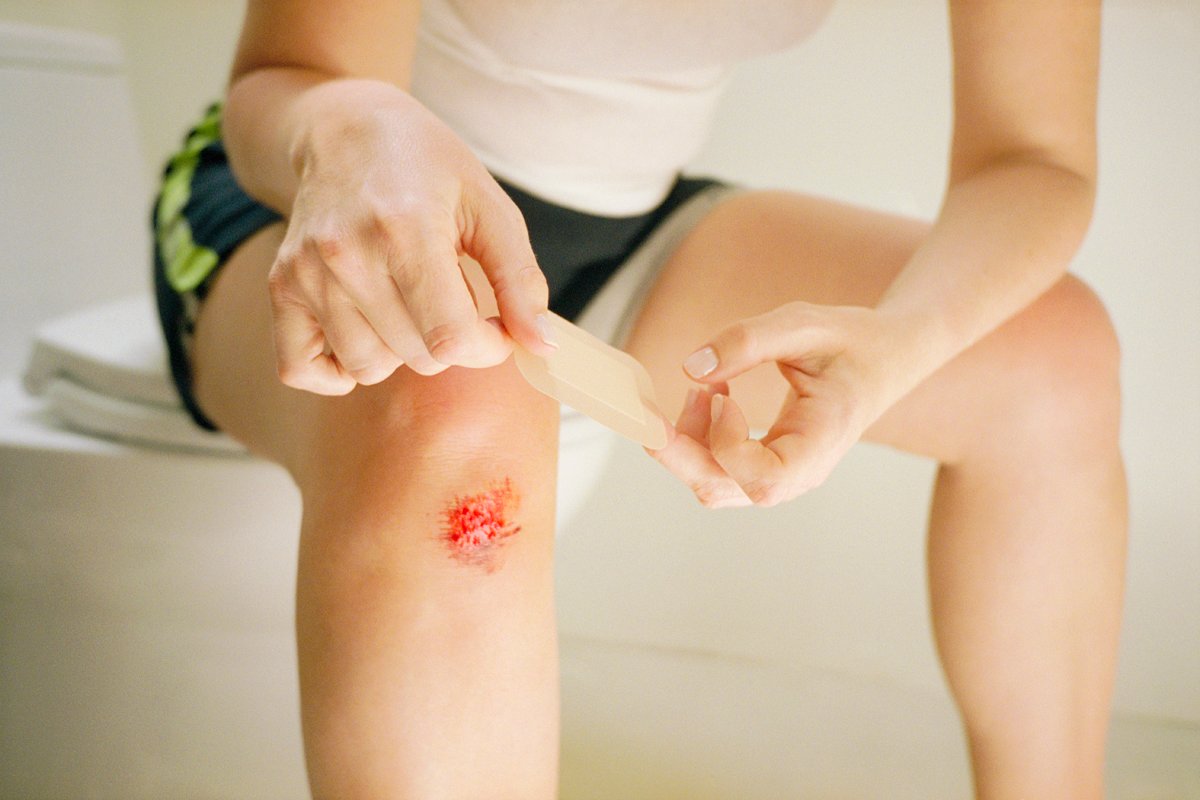Proper Care for proper healing!
 Minor cuts and scrapes usually don’t require a trip to the emergency room. Yet proper care is essential to avoid infection or other complications. These guidelines can help you in caring for simple wounds.
Minor cuts and scrapes usually don’t require a trip to the emergency room. Yet proper care is essential to avoid infection or other complications. These guidelines can help you in caring for simple wounds.
A deep (all the way through the skin) or jagged-edged wound may require stitches to hold it together for proper healing. Get medical care right away! Proper closure also minimizes scarring.
For minor cuts and scrapes:
- Stop the bleeding. Minor cuts and scrapes usually stop bleeding on their own. If not, apply gentle pressure with a clean cloth or bandage. If bleeding persists — if the blood spurts or continues to flow after several minutes of pressure, emergency care is necessary.
- Clean the wound. Rinse with clear water. Don’t use soap because it can irritate the wound. If dirt or debris remains in the wound after washing, use tweezers cleaned with alcohol to remove the particles. If debris remains embedded in the wound after cleaning, contact your health care provider! Don’t attempt to remove it by yourself. Thorough wound cleaning also reduces the risk of tetanus. To clean the area around the wound, use soap and a washcloth. Or you can use iodine or an iodine-containing cleanser. However, these substances are irritating to living cells. Don’t apply them on the wound.
- Apply antibiotic. After you clean the wound, apply a thin layer of an antibiotic cream or ointment (such as Neosporin or Polysporin) to help keep the surface moist. The products don’t make the wound heal faster, but they can discourage infection and allow your body’s healing factors to close the wound more efficiently. Certain ingredients in some ointments can cause a mild rash in some people. If a rash appears, stop using the ointment.
- Cover the wound. Exposure to air speeds healing, but bandages can help keep the wound clean and keep harmful bacteria out. Cover blisters that are draining until a scab forms.
- Change the dressing at least daily or whenever it becomes wet or dirty. If you are allergic to the adhesive used in most bandages, switch to adhesive-free dressings or sterile gauze and paper tape. These supplies generally are available at pharmacies.
- Watch for signs of infection. See your health care provider if the wound isn’t healing or if you notice any redness, drainage, warmth or swelling.
For more on wound healing and the healing of surgical scars, go there…
